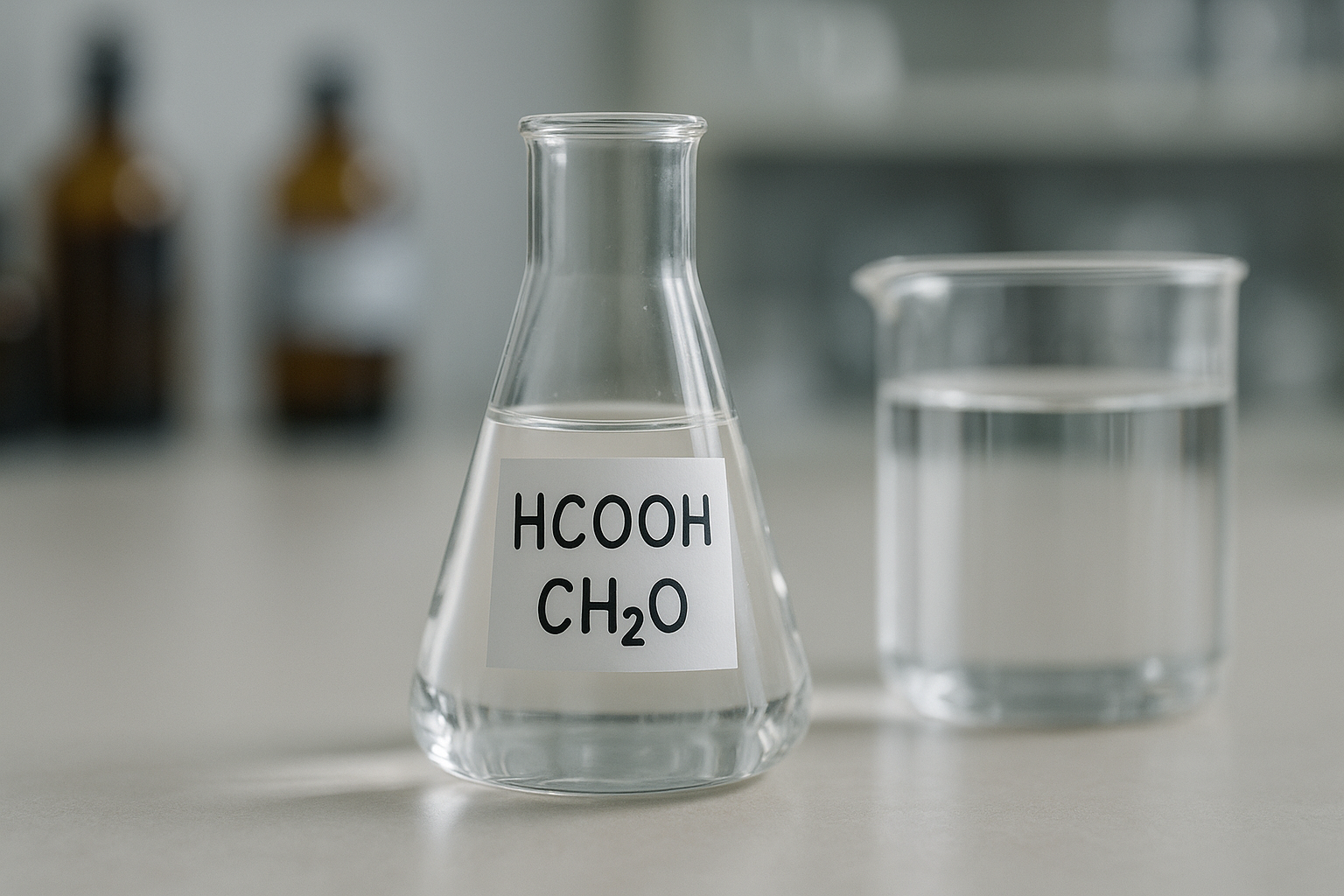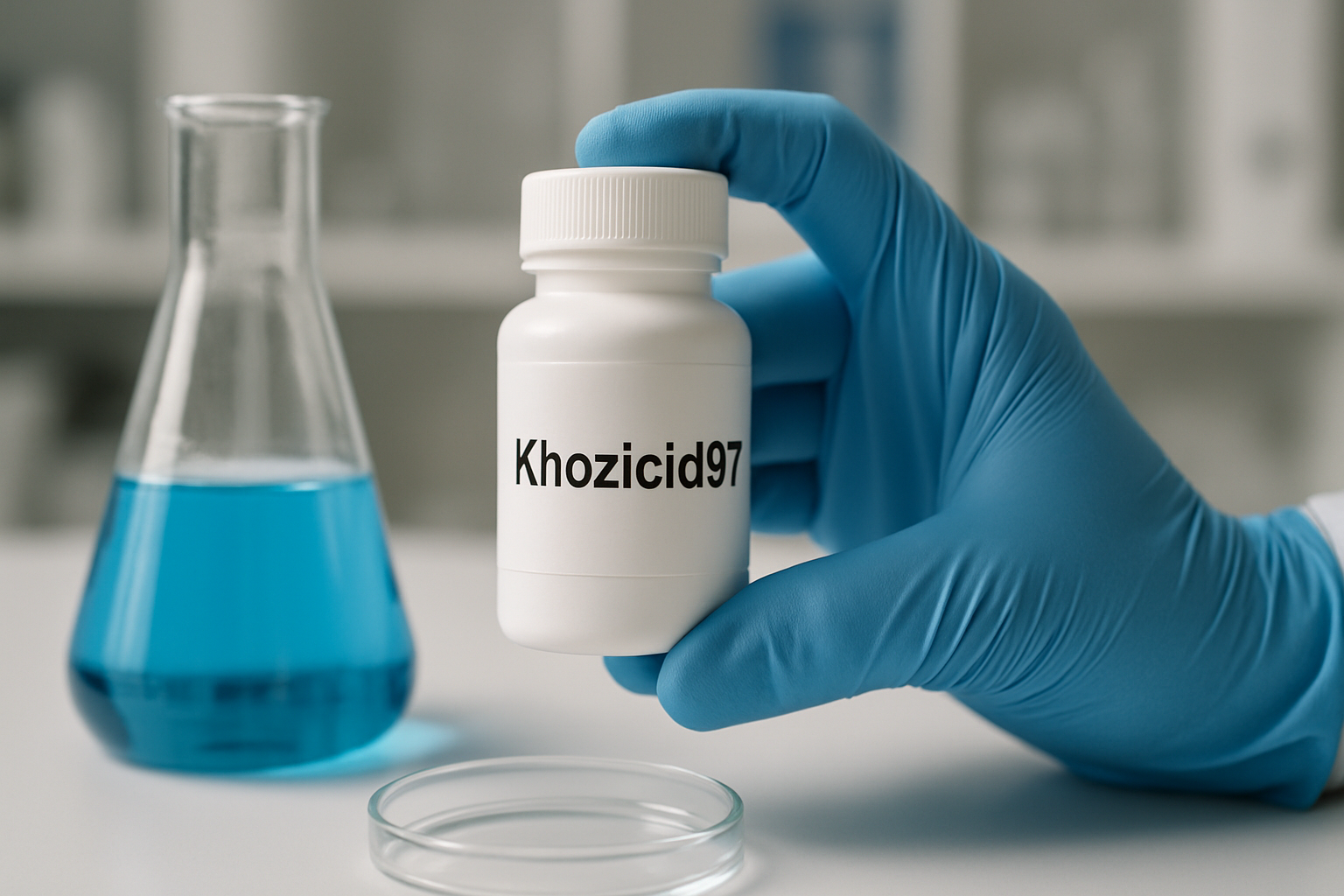Introduction
The compound HCOOCH CH2 H2O is a fascinating subject within the field of chemistry, combining structural complexity with noteworthy applications. While at first glance the formula may seem unusual, it highlights an ester-like arrangement connected with water molecules, making it a key study point for those interested in organic and physical chemistry. In this article, we will break down its structure, properties, and scientific importance while ensuring that the information remains accessible, professional, and factually accurate.
Understanding the Molecular Formula
The formula HCOOCH CH2 H2O can be dissected into smaller recognizable components. The HCOO- group points toward a formate or ester linkage, while the CH2 unit indicates a methylene group, and the presence of H2O adds a hydration or water element. Together, this arrangement hints at a hydrated organic structure, often studied to understand molecular interactions, hydrogen bonding, and solubility behavior.
Structural Composition
At the structural level, HCOOCH CH2 H2O represents a system where covalent bonds dominate the framework, but hydrogen bonding from the water molecule adds stability and unique physical behavior. The ester-like portion contributes to carbon-oxygen double bonds and polar functional groups, while the methylene group provides a hydrocarbon backbone. This balance between polar and non-polar components makes the compound valuable for experimental studies in solvent interactions and organic reactions.
Bonding and Interactions
The compound’s internal bonding highlights an essential aspect of organic chemistry. The carbonyl (C=O) bond within the HCOO group plays a critical role in determining reactivity. The water molecule, being strongly polar, creates hydrogen bonds with oxygen atoms, stabilizing the structure. This results in intermolecular forces that impact boiling points, solubility, and crystallization properties.
Physical Properties
While precise measurements vary depending on experimental conditions, compounds with this type of arrangement generally display the following:
- Polarity due to carbonyl and water interactions.
- Moderate solubility in polar solvents such as water and alcohols.
- Variable boiling points depending on hydrogen bonding intensity.
These features make HCOOCH CH2 H2O a compound of interest in both laboratory and applied sciences.
Chemical Properties
From a chemical perspective, the ester-like bond present in the structure can undergo hydrolysis reactions when exposed to acidic or basic environments. This process breaks down the compound into simpler organic acids and alcohols, which are more reactive. Additionally, the hydration element provides insights into equilibrium studies, particularly how water affects reaction kinetics.
Role in Organic Synthesis
One of the most important aspects of HCOOCH CH2 H2O is its potential role in organic synthesis. Esters and hydrated organics often serve as intermediates in the production of pharmaceuticals, polymers, and resins. Understanding its reactivity helps chemists design pathways to create new materials with desirable characteristics, making it a useful compound in applied research.
Importance in Environmental Chemistry
Compounds with ester-like linkages and hydration patterns also play a role in environmental chemistry. They can form naturally during the breakdown of organic matter, contributing to the carbon cycle. Additionally, their solubility and reactivity determine how they behave in natural waters, influencing biodegradability and potential ecological impact.
Spectroscopic Analysis
To study HCOOCH CH2 H2O, chemists rely on techniques like infrared spectroscopy (IR), which identifies characteristic carbonyl stretching vibrations, and NMR spectroscopy, which highlights hydrogen and carbon positions. Mass spectrometry can further confirm its molecular weight and fragmentation patterns, making structural identification precise and reliable.
Applications in Research
The scientific community values compounds like HCOOCH CH2 H2O for multiple reasons:
- Educational Models: Demonstrating hydration and ester bonding in teaching labs.
- Reaction Studies: Observing how hydrolysis and equilibrium shift under different conditions.
- Material Development: Serving as a base for new chemical materials with enhanced stability.
Biological Relevance
While not a naturally common compound, the functional groups present in HCOOCH CH2 H2O mirror those found in biological molecules. Esters, carbonyls, and hydration are essential to biochemical pathways, including lipid metabolism and enzymatic hydrolysis. Therefore, studying this compound helps researchers draw parallels to real biological systems.
Challenges in Handling
Like many organic compounds, handling HCOOCH CH2 H2O requires attention. While it is not highly toxic, its ester nature means it can release volatile organic components when decomposed. Proper laboratory safety measures—such as controlled ventilation, gloves, and goggles—are recommended to minimize risks during experimentation.
Scientific Importance Explained
The true importance of HCOOCH CH2 H2O lies in its multidisciplinary value. It is a bridge between organic and physical chemistry, offering insights into bonding, solubility, and reaction dynamics. Its hydration highlights how water molecules alter stability and reactivity, making it an essential example in both academic and applied research contexts. This makes the compound a valuable teaching aid, an experimental model, and a research subject for advanced chemistry.
Future Research Directions
With the advancement of computational chemistry and green chemistry initiatives, compounds like HCOOCH CH2 H2O are gaining renewed attention. Future studies may explore:
- Computational modeling of hydrogen bonding networks.
- Eco-friendly synthesis methods that minimize waste.
- Industrial applications where controlled hydration enhances performance.
These directions highlight the compound’s potential role in sustainable chemical innovation.
Conclusion
In summary, HCOOCH CH2 H2O is more than just a chemical formula—it is a window into the principles of bonding, hydration, and reactivity. From its structural complexity to its environmental and biological relevance, this compound demonstrates why such molecules remain essential to chemistry. By understanding its structure, properties, and scientific importance, we gain insights not only into the compound itself but also into the broader world of molecular science.




